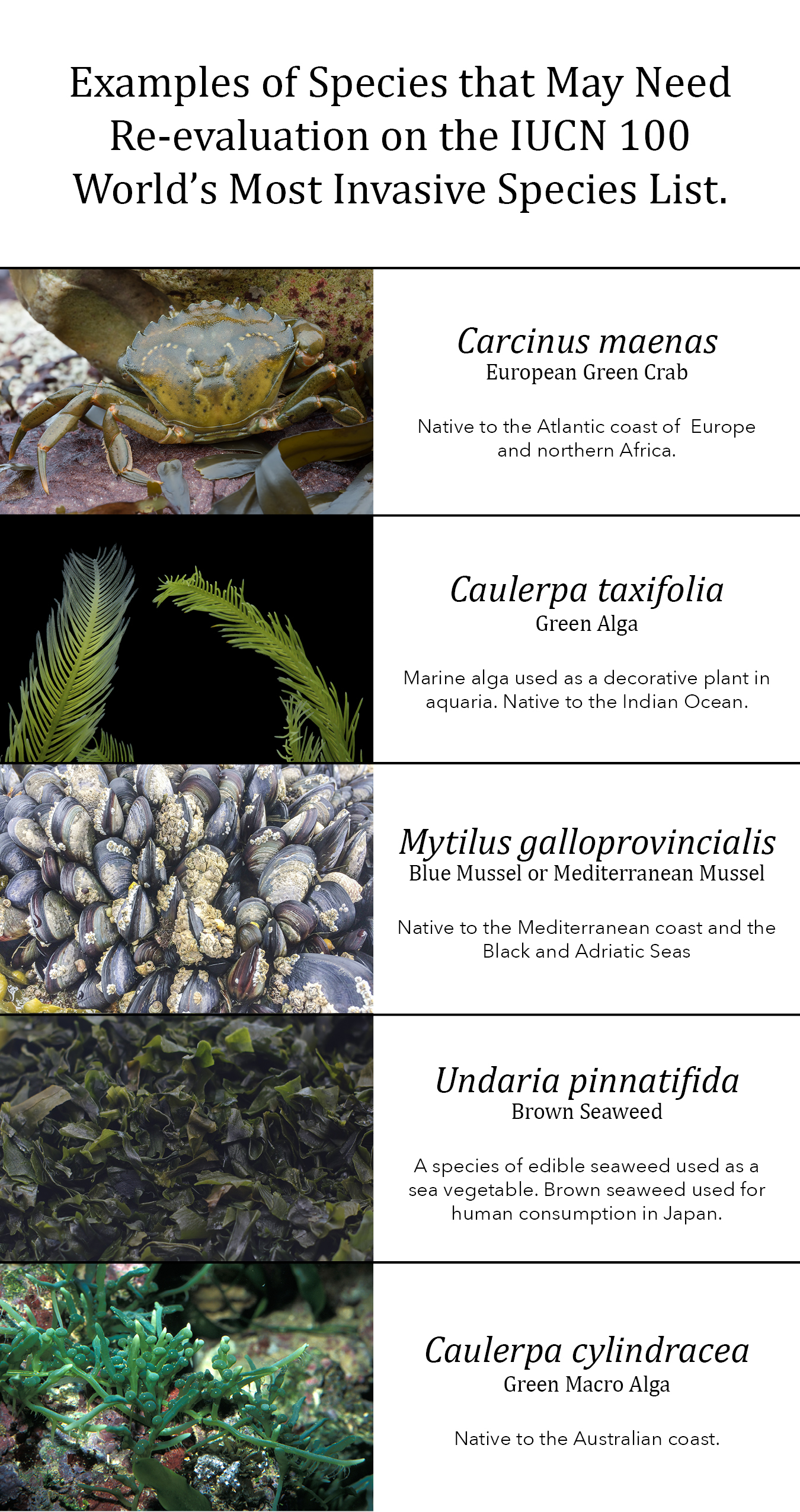News at the HPC²
MSU Marine Scientist’s Work Published in ‘Nature Ecology & Evolution’
April 11, 2019
Associate Director of Northern Gulf Institute
Just Cebrian, a former senior marine scientist with the Dauphin Island Sea Lab, which is an NGI research partner, serves as the science lead for a group of MSU employees supporting NOAA's National Centers for Environmental Information.
He also works as an MSU research professor.
Photo by Barbara Ambrose, NOAA National Centers for Environmental Information
Just Cebrian, a former senior marine scientist with the Dauphin Island Sea Lab, which is an NGI research partner, serves as the science lead for a group of MSU employees supporting NOAA's National Centers for Environmental Information.
He also works as an MSU research professor.
Photo by Barbara Ambrose, NOAA National Centers for Environmental Information
Just Cebrian’s research “Global Ecological Impacts of Marine Exotic Species,” was recently published by the academically acclaimed, peer-reviewed journal, “Nature, Ecology & Evolution.”
Scientists have known for some time that exotic species introduced into native marine environments by humans can be disruptive and even invasive, causing severe damage to those ecosystems. For instance, exotic species can disturb and possibly devastate marine habitats and ecology. A case in point, estuaries. These inlets are crucial for the health of the ocean, protect coasts from flooding and storm surges, and are economically important to coastal tourism, commercial fishing and boating industries. However, there is some ongoing controversy among researchers about the overall impacts of exotic species, some of which may be harmless and even beneficial to ocean ecology.
In fact, the International Union for Conservation of Nature created a list of the 100 world’s most invasive species that is based on expert’s opinion, in turn informed partly by qualitative and incomplete data. The IUCN list has created quite a debate—one side claiming all the exotics on the list should be managed, controlled or eradicated. The other side questions the perceived negative nature of exotics overall, contending that exotic species may also provide benefits that should be considered when evaluating and managing the species.
Cebrian, with lead co-authors Andrea Anton, Nathan Geraldi, Carlos Duarte, and an international team of scientists set out to find the answers by conducting a study based on a meta-analysis of quantitative data collected from 159 reports on exotic species located in various marine environments around the world. The findings revealed that the effects exotic species have on native communities depend on many factors, such as the location of the native community and type of organisms, like plants, herbivores or carnivores, and characteristics like the variety of species considered in the native community.
“Consequently, the net impact of exotics on marine ecosystems varies widely overall. That is, for all the exotic species where there are enough quantitative data to carry out a rigorous analysis, all but two species have impacts that range from negative meaning hindering the colonized marine community to neutral to even positive meaning enhancing the colonized marine community,” Cebrian explained. “We found only two—the green alga Caulerpa cylindracea and the European green crab Carcinus maenas have exclusive negative impacts.”
 The analysis assesses and qualifies more accurately the impacts exotics have on native marine communities. For instance, four of the species with enough quantitative data examined in the study are also contained on the IUCN’s 100 world’s most invasive species list (C. maenas, Caulerpa taxifolia, Mytilus galloprovincialis and Undaria pinnatifida; See adjacent graphic). Out of those four species, three of them (C. taxifolia, M. galloprovincialis and U. pinnatifida) have impacts ranging from negative to neutral to positive, but not at all exclusively negative. Only one of those four species, the exotic European Green Crab (C. maenas), has exclusively negative impacts. In addition, this study also points to new species that should possibly be added to the IUCN list, such as the green macroalgae C, cylindracea, which consistently has negative impacts on native marine ecosystems.
The analysis assesses and qualifies more accurately the impacts exotics have on native marine communities. For instance, four of the species with enough quantitative data examined in the study are also contained on the IUCN’s 100 world’s most invasive species list (C. maenas, Caulerpa taxifolia, Mytilus galloprovincialis and Undaria pinnatifida; See adjacent graphic). Out of those four species, three of them (C. taxifolia, M. galloprovincialis and U. pinnatifida) have impacts ranging from negative to neutral to positive, but not at all exclusively negative. Only one of those four species, the exotic European Green Crab (C. maenas), has exclusively negative impacts. In addition, this study also points to new species that should possibly be added to the IUCN list, such as the green macroalgae C, cylindracea, which consistently has negative impacts on native marine ecosystems.“Our results may help the IUCN bring together the two sides of the current debate on exotic species. This study can help resolve discrepancies between the two sides and help scientists re-evaluate the list toward enhanced accuracy and assessment of the true nature and extent of impacts by exotic species, and accordingly develop appropriate policies of containment or eradication,” Cebrian said.
The research team led by Andrea Anton from the King Abdullah University of Science & Technology’s Red Sea Research Center, "...found that only 10 percent of the species introduced outside of their native habitat are destructive. However, 90 percent of them are not," says Anton. "So, both sides of the debate are partially correct."
The study’s researchers created a ranking of marine exotics based on the extent of their negative impacts and recommended scientists use it as a guide to follow the “Precautionary Principle.”
“Even though our study showed only two exotics were consistently disruptive to ecosystems globally, all the exotic species examined may have negative impacts that, in some cases, can be utterly severe,” Cebrian explains.
Written by Diane Godwin
